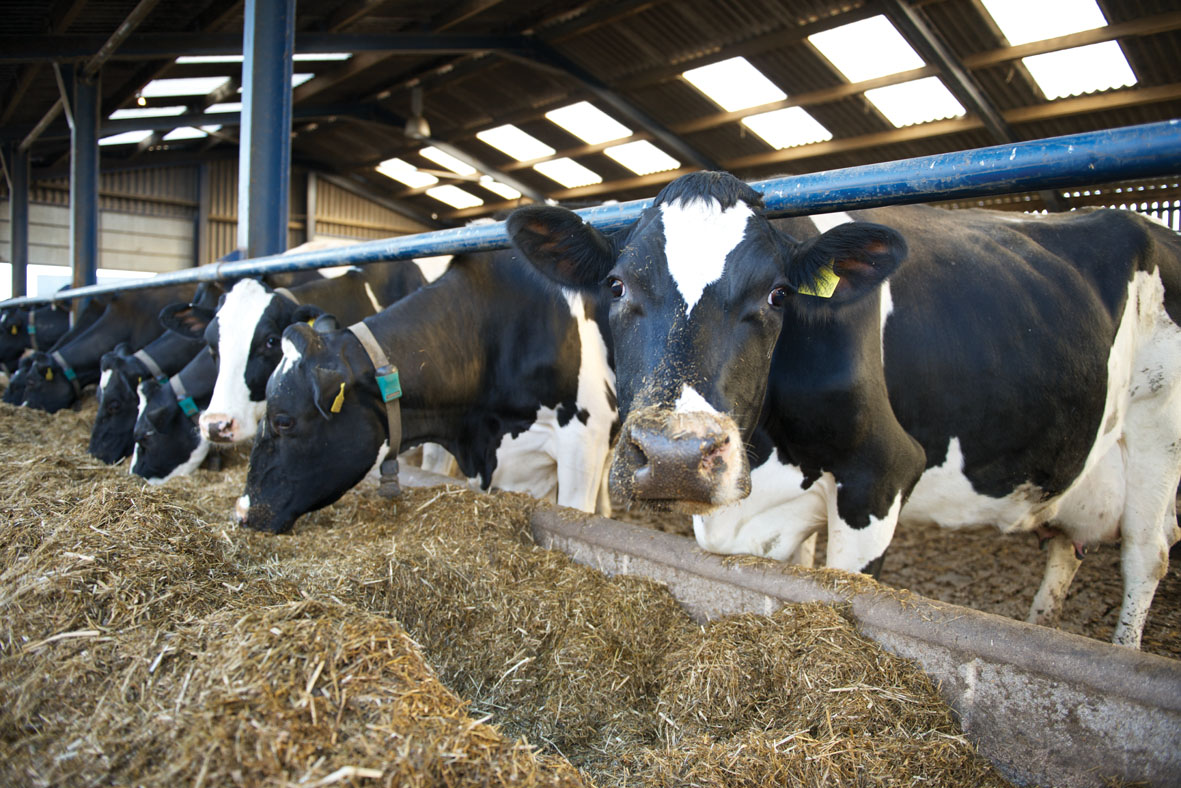There is considerable evidence that the optimum age to calve heifers is between 22 and 24 months of age to minimise rearing costs per head. What’s more, trials have shown that heifers that have their first calf at a younger age typically have a higher lifetime yield and require less assistance with calving. Earlier calving also reduces the number of replacements required overall.
Achieving good heifer growth rates
The aim should be to grow heifers to 370-410kg by the time they are served at between 14 and 16 months of age. It is essential that growth rates are optimised as soon as a calf is born and that steady growth is achieved thereafter.
Feeding calves...
When a calf is born it is important that it receives adequate good quality colostrum within the first four to six hours of life. Ideally calves should consume around 4 litres of colostrum within the first 24 hours to provide adequate immune protection, and if they are not suckling naturally then calves should be fed with either a bottle or a tube.
As well as milk or milk powder it is important to introduce a high quality starter feed within a few days of birth to drive intakes and rumen development.
Young calves have good feed conversion efficiency so maximise intakes in the first 12 weeks to take advantage of this. As well as adequate milk or milk replacer, calves should be provided with ad lib starter feed.
Calves should be weaned off milk when they are consistently eating 2kg/day of starter feed and should be provided with a high quality follow on feed.
Weaning to 12 months of age...
Before 12 months, the rumen is still not fully developed and as a result follow on feeds need to be palatable and tailored to have sufficient structure to contribute to rumen development.
Research has demonstrated that feeding a forage only diet to animals less than 12 months of age is detrimental to growth rates. It is therefore important that even good quality forage is supplemented with concentrate feed.
Preparing for service...
Around one month before service it is important to increase feed intake so that animals are on a rising plane of nutrition when they are served. This improves fertility and will deliver better conception rates. This may be achieved by supplementing the diet with additional forages (e.g. maize silage) or through changing the concentrate feed used. It is, however, important that the diet remains balanced in terms of energy and protein to avoid health and digestive issues.
The in-calf heifer...
Once heifers are confirmed in-calf it is important to manage feed intake and diet consistency to ensure that animals continue to grow steadily without putting on too much body condition. Ideally, heifers should be at body condition score 3.0 or below at calving, as excess condition can reduce feed intake after calving, limiting production and impairing fertility, whilst increasing the chances of fatty liver disease and ketosis.
How yeast can help...
Feeding Actisaf Sc 47 live yeast to heifers:
• Reduces digestive problems
• Improves weaning and diet transition
• Allows the consumption of pelleted feed and fibre at an earlier age
• Improves daily feed intake and feed conversion rate supporting better growth rates

